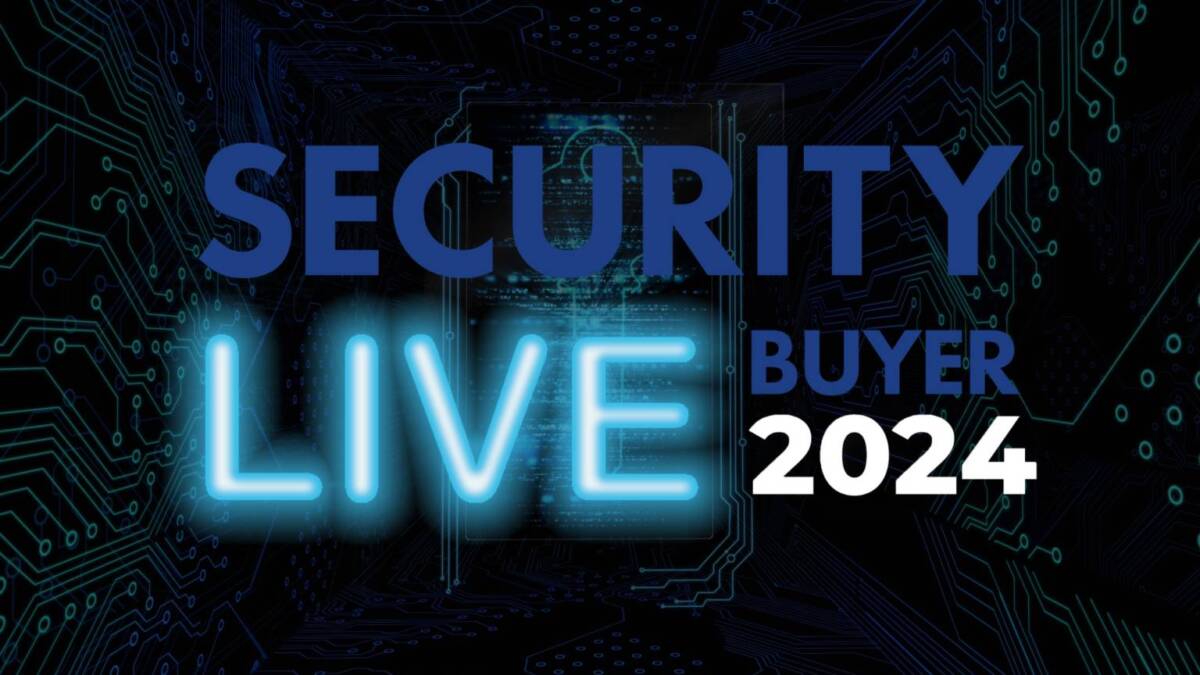Solving the puzzle of security systems integration
We hear a great deal about the advantages of integration for IP-based security systems and, more broadly building management systems, but what do we actually mean when we say integration? Are there different levels? Have open standards helped here? What does the future hold? Where does PSIM (Physical Security Information Management) fit into the mix? Tim Compston, Features Editor for SecurityNewsDesk, takes a look at the answers to these questions.
Making a point on PSIMAccording to Jay Shields, Managing Director of Glasgow-headquartered VMS (Visual Management Systems) Ltd, who has decades of experience in the security and IT industries, the concept of PSIM (Physical Security Information Management) for an integrated system solution has really only developed into what we know today over the past five years or so.
He believes that the key factor that has unlocked things for the better is the widespread adoption of IP: “Since systems went more to IP – and everything has an IP platform – it became apparent that you could communicate across that platform.” He contrasts the ability to bring different elements together now with how things worked in the past: “I remember when it was all done electrically. Basically a lock in a door would be integrated through the system electrically. Integration was all by wires whereas now it is by software with TCP/IP being the common platform,” says Shields.
Open vs proprietaryAsked about what makes a good PSIM solution, Shields admits that he is ‘slightly biased’ as the company’s Titan Vision suite, for example, is an open system. Delving deeper into some of the reasons why an ‘open platform’ for PSIM usually makes the most sense, Shield says: “It [an open platform] means that there are a far wider range of applications that you can run and it is much easier to integrate. We look at video as just another form of data and you can really start linking your data across platforms.”
Shields adds that with an open platform, when it comes to upgrading, you are not dependent on whatever a specific manufacturer has on offer: “You can easily move with the development of different systems especially when you are looking at PSIM where you want to integrate video analytics and other third-party systems.”
Not all PSIM solutions are the sameDiscussing what is actually meant by PSIM and whether some vendors are mudding the waters by labelling solutions as PSIM which, in reality, are merely souped-up versions of some sort of video management software, Shields is quick to respond: “I think that it is totally confusing, especially when everybody is calling their front-end a PSIM when I don’t think, necessarily, they all are.” Checking compatibility
Turning to the opinion of James Somerville-Smith, EMEA Channel Marketing Leader, Honeywell Security & Fire, on the wider question of integration, for most sites, he points out that the bare minimum of integration is a simple matter of compatibility: “An integrated security system that links together CCTV, access control, and other elements of physical security is immensely helpful, as it provides security managers with a single view across their site at all times. With an integrated security system, staff can control access, monitor, and respond to incidents from one location, which saves valuable time and maximises productivity – especially for a smaller security team.”
For larger sites, Somerville-Smith acknowledges, that a more advanced level of integration may be required: “Large enterprises are increasingly finding, for example, that it is beneficial to integrate their security system with other applications, such as HR or building management. This provides the security manager with the most up-to-date information on employee access requirements and ongoing maintenance, which is crucial for security managers who may need to keep employees out of areas that pose health and safety risks. With a larger site to monitor and a higher turnover of employees, larger businesses need this advanced level of integration to ensure all staff and assets are secured at all times.”
According to Somerville-Smith, one of the biggest challenges for integrated security systems is expansion. A potential answer he flags up, given financial constraints and a need to try and future-proof a solution, are so-called hybrid IP systems: “These can help alleviate this pressure as they do not require a complete ‘rip and replace’ of an existing analogue system.”
An open platform communityFrom his perspective Thomas Lausten, (pictured above right) Vice President – EMEA at Milestone, is keen to spotlight changes in the wider marketplace in relation to integration, and also, crucially, the way Milestone itself is looking to set the pace here. The big news for Milestone, says Lausten, is the creation of a new ‘open platform community’ strategy: “We asked ourselves the question is ‘openness’ in systems simply a buzz word or something that really has an impact.” Lausten believes that the market is changing, significantly, from proprietary towards open platform solutions: “That is not new to be honest but what we see is increasing demand that comes from ONVIF and with technology developed from many of our partners.” This, confirms, Lausten has helped to drive Milestone to take the ground-breaking step to transform itself from an open platform company to, what he describes as, ‘an open platform community’.
So what does this mean in practical terms? Well Lausten says that Milestone is determined to back up the announcement at recent MPOP (Milestone Partner Open Platform) events with concrete action: “We have outlined specific areas we will focus on to achieve closer cooperation with our partners and customers. That might be advisory boards, it might be tied-up with development work, it might even be more connectivity, but in general it is about understanding the strategies of our partners.” Other initiatives to strengthen ‘community collaboration’, confirms Lausten, are to include: the creation of a developer forum and enhancements to the design and implementation of Milestone’s SDK.
The big paradigm shift here for Milestone, says Lausten, is that in the marketplace of the future Milestone isn’t necessarily always going to see itself, or expect to be, at the centre of a particular system: “It might be that some of our partners work together very closely and then, maybe, we are involved in the system they are actually doing. That is basically a change from us being the spider in the middle, which we can still be in certain applications, to leaving the room to make sure that our solutions partners can work even closer together. We believe that is what the market requires now,” concludes Lausten.
Re-defining integrationAndrew Elvish (pictured far right), Vice President, Marketing and Product Management at Genetec, reckons that today integration has become too loosely defined: “When people start talking about integration within our industry I think that there are a multitude of interpretations of what they actually mean. At Genetec we put a big emphasis on what we consider is a better framework of thinking about integration which we call it unification.” To highlight how, in his view, unification is distinct from integration, Elvish draws an analogy with a home hi-fi system: “You will typically have remote controls for all the different things. You can turn on the receiver and the radio and TV and they all play through the same speakers – that is an integrated system.” In this scenario, Elvish says, the integration starts to fall apart if someone else ‘like your grandmother comes over’ and tries to work with the multitude of controls. Where Elvish believes Genetec’s definition of unification wins out over more basic integration is, to continue with his analogy, in the way it can behave like an all-in-one remote control: “It [the all-in-one controller] is very deterministic. The remote control takes care of everything pulling it all together and that is, I think, a good example of the way unification behaves for security systems.”
Lifting the lid on Genetec’s deeper architecture, Elvish reiterates that at a very fundamental level physical security core operations have to be unified: “They should be tightly woven into one another. I don’t think that by just gluing together different plug-ins you are going to get that level of fundamental unification. So we build our architecture on three major pillars: video surveillance, access control and ANPR. They also encompass a whole bunch of other things, like intercoms and video analytics.”
Elvish adds that because Genetec has designed its vision around an open platform it is possible to draw into this ‘unified ecosystem’ many different partners: “That could be Bosch or Axis or Samsung, whoever it may be. This is especially important when you consider the unified video and access control environment. So you start thinking about how you bring together things like Schlage locks, ASSA ABLOY, and SALTO, into your system along with your cameras and ANPR.”
The big pictureWhatever the approach taken to security integration or unification, whether through PSIM or by extending the capabilities of VMS and access control interfaces, it seems clear that in this ever more connected world being able to bring together security systems, and other on-site systems, under one platform offers the best way of ensuring a consistent response to incidents.
[su_button url=”https://www.securitynewsdesk.com/newspaper/” target=”blank” background=”#df2027″ color=”#ffffff” size=”10″ radius=”0″ icon=”icon: arrow-circle-right”]For more stories like this click here for the SecurityNewsDesk Newspaper[/su_button]













